How to start eCommerce Marketplace in 2021 – We at Webkul started building Marketplace extensions on a range of platforms 10 years back.
There were very few options there. Till then we have invested a huge amount of time and effort in this industry.
E-commerce and multi-merchant or multi-vendor commerce have been changed a lot in 2018. Loads of aspects even don’t work in 2018 or you can say in modern e-commerce.
For sure we are the pioneer in Multi-vendor Industry ( b2b, b2c, c2c) Including Vertical and horizontal marketplaces.
Things have changed a lot till then. We will discuss everything that we have learned in this journey. What has been changed and what is the future.
How to start?
This is by far and most important question for all the online retailers who want to be a marketplace.
Many times customers ask us to recommend which one to choose as a platform, Scalability, security, and loads of other factors. Will discuss everything one by one.
There are two factors before starting a new multivendor shop.
- You are going to start a very new Ecommerce Shop. OR
- You already have an eCommerce webshop
Most of our further stories will be based on it. So let start with option one. But again, there are loads of if and else situations.
TL;DR: Marketplaces are complex to build so we will try to explain everything.
I don’t know anything about tech? which platform will be best?
Many times customers ask the same questions, That they don’t know anything about tech, server, API, or other stuff. Which platform do they need to choose?
In that case, I would strongly suggest choosing Shopify as the platform. Shopify is a shop-based eCommerce platform and is supported by a range of apps and plugins.
Shopify Multi-Vendor Marketplace
A multi-vendor app can convert your Shopify store into a multi-seller/ supplier marketplace.
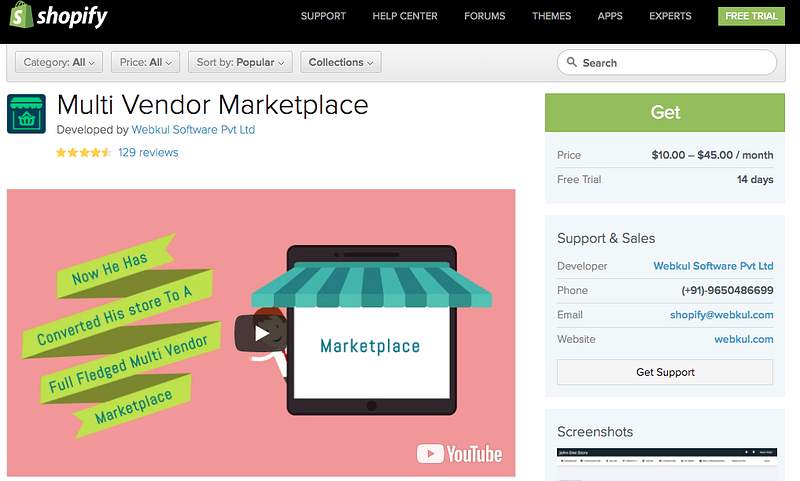
But but but, Marketplace is quite a big topic and super complex to build. There are thousands of other features. That’s why we have built the marketplace in a very modular way.
All of the marketplace products include loads of supported addons. Which will help you create a multi-functional eCommerce multi-seller system.
We also provide the same with Shopify as well — https://apps.shopify.com/multi-vendor-marketplace

Although Shopify is quite good to start a marketplace still there are a couple of issues as well. EX — fewer customization options including cart and payment.
That’s why moving towards the next option which is fully open source and easy to customize.
Magento / Magento 2 Multi-Vendor Stores

Magento is for sure the leader in Open source eCommerce. Especially after the Magento 2 huge amount of changes been deployed in Magento core. This includes most of the latest and modern tech stacks from dependency Management to Console based systems. There are 100’s of wonderful features that exist in the Magento.
If you want to create big and highly scalable multi vendor marketplace for sure Magento 2 is our first choice
Talking about a big marketplace requires loads of other aspects as well. It is not just Magento. There are loads of other factors you need to understand.
As a marketplace owner, you must think of Traffic and Scalability. As the traffic will grow does your marketplace or system have the capability to grow?
Or When you will start multi-channel selling do you have the right infrastructure?
Those are some super important questions which you need to check. And the same schema works in all the hosted platforms — Magento / Magento 2, Opencart, Prestashop, Woocommerce, Virtuemart, and others.
Choose the Right Hosting / Cloud
This is by far the most important factor for any successful online business. Especially when you are in the Commerce industry. Thankfully we are living in the cloud era and we have loads of options
- Amazon AWS Stack
- Google Cloud
- Microsoft Azure Stack
and More. But Amazon AWS is the most prominent one. But the story doesn’t end here. Having the right cloud solves a lot of problems but not everything.
You must have a cloud supported team or you can hire us for the same 🙂 I know I know a little bit for self-promotion Cloudkul Marketplace Services
Monolithic Vs Microservices Architecture
Understanding the monolithic and microservices architecture is important to understand. Even Amazon Is based on purely microservices architecture. Not only Amazon loads of others like Netflix
Microservices architecture is for sure very popular and highly demanding in 2018, we have a couple of customers who are already working on such concepts
So the basic difference between monolithic and microservices architecture — is that split the complete application into smaller applications or services unlike in a monolithic system where everything works as a single application.
You may find a couple of good articles on the same as well. Visit the link for more –headless Magento 2.
Supported Cache handlers and Reverse Proxies
No big website in the world runs without cache handlers. You must choose them as well. Here also you need to have the right infrastructure. The beauty of Magento is inbuilt support for most of the Cache handlers and HTTP accelerators like Varnish & Nginx.
The above talk is quite useful although not related to Magento 2 But more on the side of Reverse Proxy and Varnish
Difference between varnish and Standard Client-server Request-response
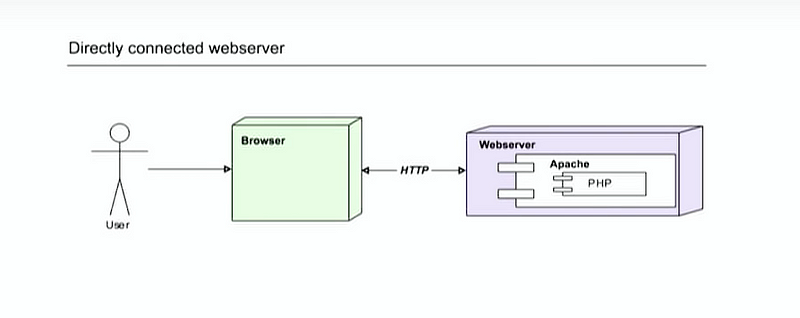
VS
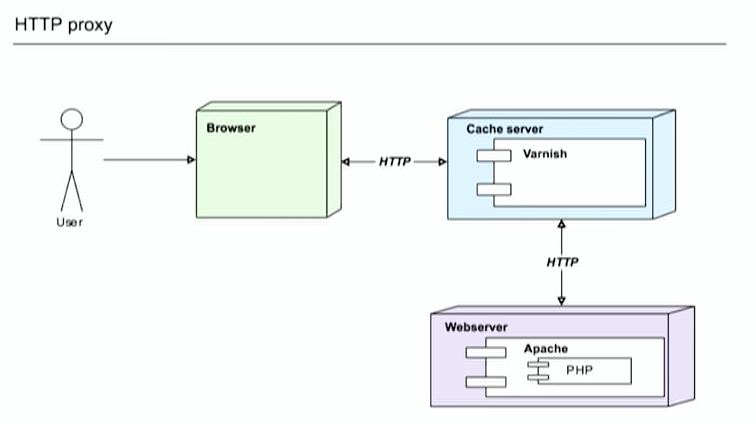
You must think in terms of components. As an example — Search play a very major role in any eCommerce website. As soon as you have loads of SKUs and data, Search becomes more crucial.
Improving Site search can increase sales conversions. There is no doubt about that. Magento in the core is using default MYSQL search ( Full-text, like & combination).
But this infrastructure has limitation and as the data grow search become slow and has less relevant Results. That’s why instead of default search we can use Elastic Search.
Let me list down a few important components of an E-commerce Multi vendor store
- Search
- Cart
- Checkout
- API
- Multi-Channel Integration
- Warehouse Management
- Inventory Management
- Product Information management
- Accounting
- Payment Methods
- Shipping Integration
- Logistics Management
- Mobility
- Loyalty and User Engagement
Choosing ANY MULTI VENDOR extension will not help to build a scalable marketplace. You must check the possible integration so that you must have a full and futuristic solution.
Let me discuss topics one by one.
Search :
This is huge for sure you should not ignore it. The reason is simple. Imagine if you are running your multi-vendor store in Magento or on any platform. There will be a huge no of SKU’s will be there.
Especially if you are selling products with variants or configurable products. You can imagine millions of attributes or variants are possible. Especially in monolithic systems like Magento 2 everything will be stored on your MYSQL/PERCONA/MARIADB, Mostly MySQL.
Fetching everything from Magento ( MySQL ) is not a good idea. There is a couple of reason for the same.
- Less accurate results
- Slow result response
To solve such problems I would suggest using elastic search
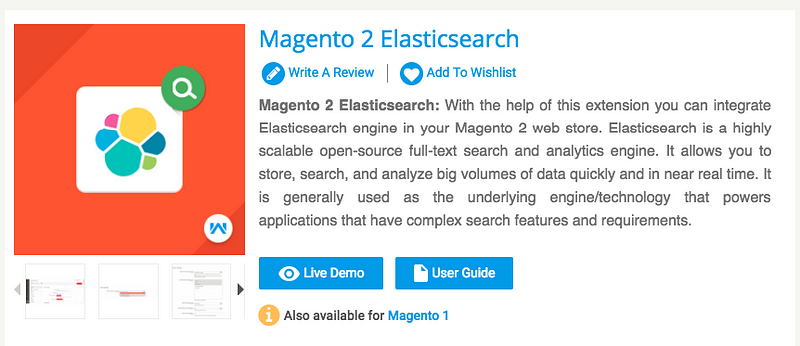
Elasticsearch is the best-suited search engine for multi-vendor marketplace stores. You can visit more on elastic at — https://www.elastic.co/
Cart and Checkout :
This is a super important aspect of any eCommerce platform. The reason is simple — Especially in big eCommerce websites, there is always a fight. How many concurrent orders can exist in the shop?
Even more
How many users can exist in the cart?
Well is something is unique here? Yes for sure. Because you can use your FPC( Or HTTP accelerator like Varnish) Here. Customers are changing the data very frequently.
Also from the conversion side, you must have a lightweight and MVVM style cart system.
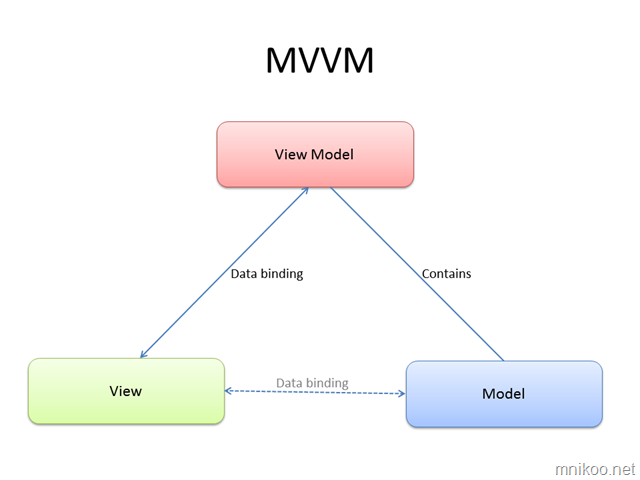
Magento 2 is very good at it. They have completely rebuilt it using standard knockoutjs and require with View model approach.
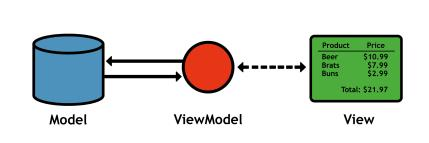
Which scales things up for better conversions and more order and data manipulation at cart.
Application Programming Interface ( API )
As a modern eCommerce shop, you must be aware of the API. If your shop does not support API. Please please stop working on that platform.
API’s are highly required because your shop or marketplace is not just a simple buying and selling platform. It includes lots of integration e.g — eBay or Amazon integration to Mobile apps to Accounting software integration.
It’s not limited to that part only. Even modern eCommerce platforms or built on API only.
Many People are using Magento or PHP stack in their backend and complete front end they built it on Vuejs Or Angular or react etc.
Which is often called headless — https://medium.com/@webkul/magento-2-headless-approach-e1ec2c5b739b
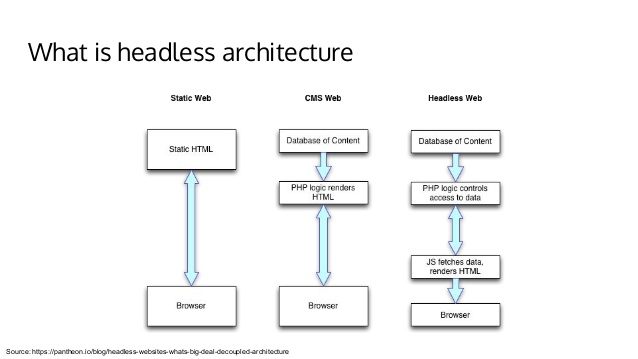
Almost every place you will see the role of API’s it’s super important that if you are looking for a multi-seller or multi-vendor options API must be there. Either you are going for b2b b2c or c2c.
Multi-Channel Integration:
This is another most important topic. Nowadays your marketplace vendor is not selling in your marketplace only they are selling on multiple channels.
It’s always good to include multi-channel functionality in your marketplace. There are still loads of topic that needs to be discussed But moving to the next platform.
Opencart Multi Merchant Marketplace
Opencart is another most popular eCommerce platform. Millions of people around the world are using it. Especially in ASIA and MENA region including turkey. It is super popular.
The beauty of opencart is you don’t need to have dedicated hosting like Magento 2. Anyone can run the Opencart Store on any shared hosting or virtual hosting. It is super lightweight and for small and medium scale merchants opencart is best.
Opencart is free to use and open source. Opencart also has a dedicated developer community. So finding opencart developers is not an issue.
Opencart Multi-Vendor Marketplace – Module enable vendors and sellers to sell their product in Opencart webshop. We have almost similar addons same as Magento/Magento 2.

Opencart Vendor Mobile app
Like all other platforms, mobile is for sure a must-have. You can not ignore mobility in the marketplace. We have Marketplace mobile app for all the platforms including Opencart. Opencart Vendor Mobile app supports both IOS and Android versions.
Also, it supports LTR and RTL layout ( Inbuilt Arabic languages support).
Mobility cannot be ignored for sure. There is a couple of reason that you must have a vendor mobile app.
- Reachability – vendors always have access to the mobile app by which they can add the product, manage the order and track the shipments.
- Easy to add products (amazon type) – most of the time vendors are selling the existing product which is super easy via a mobile app.
- Personalization – This is the most important factor based on user search vendors can manage their catalog.
There are loads of other benefits of having a mobile app. Will discuss more in the next article.
Amazon Style Marketplace
Opencart is well suited for building an Amazon-style marketplace. We have built a couple of add-ons for the same. Example – select and sell feature

As you can in the above image multiple sellers can sell the same product, Which is unique. Almost every big marketplace like Amazon, Flipkart is doing the same.
woocommerce Multi-Vendor Marketplace
Woocommerce is another giant e-commerce solution that exists in the market. because of the popularity of the WordPress woo commerce community is also thriving.
Note – Woocommerce is not a dedicated e-commerce platform, you need to install WordPress first and on top of that it will work.
This doesn’t mean it is not a scalable or brilliant solution. Woocommerce in terms of popularity growing day by day.
Woocommerce Multi vendor is by far the most loved multi-vendor extension in the WordPress community. The reason is an intuitive interface and easy to manage the products and vendors.

and loads of supported add-ons like we have for the other platforms.
WordPress community loves the way they can run the marketplace within their existing WordPress website.

When Should You use WordPress multi-vendor?
Again the same question. When? well, my answer is subjective and may differ based on requirements. But suppose if you are running a successful blog or site built on WordPress.
Now you want to sell a few things on the blog or site the best option will be woocommerce multivendor.
In this way, you will not lose your existing customer base as trust is already there.
Support
That’s all for How to start eCommerce Marketplace in 2021 still have any issues feel free to add a ticket and let us know your views to make the module better contact us.

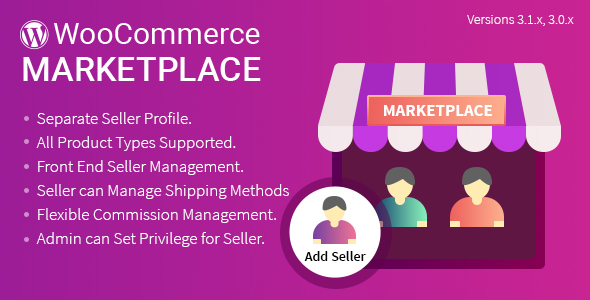

1 comments